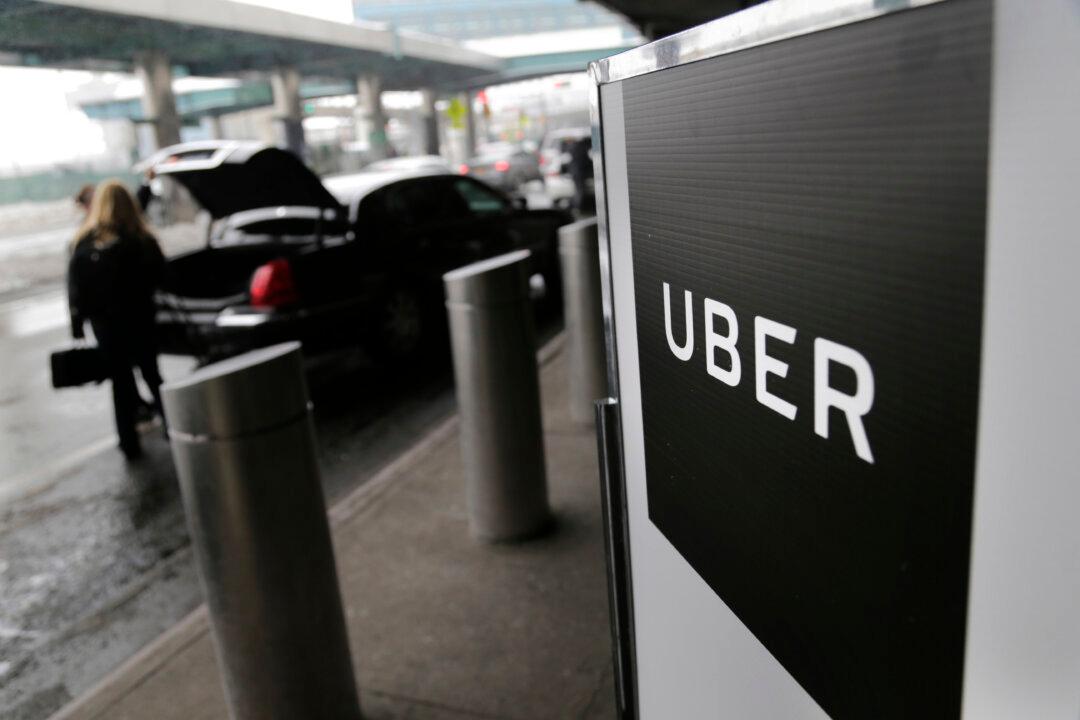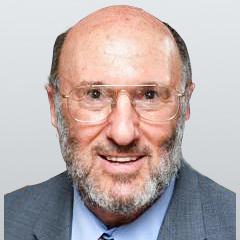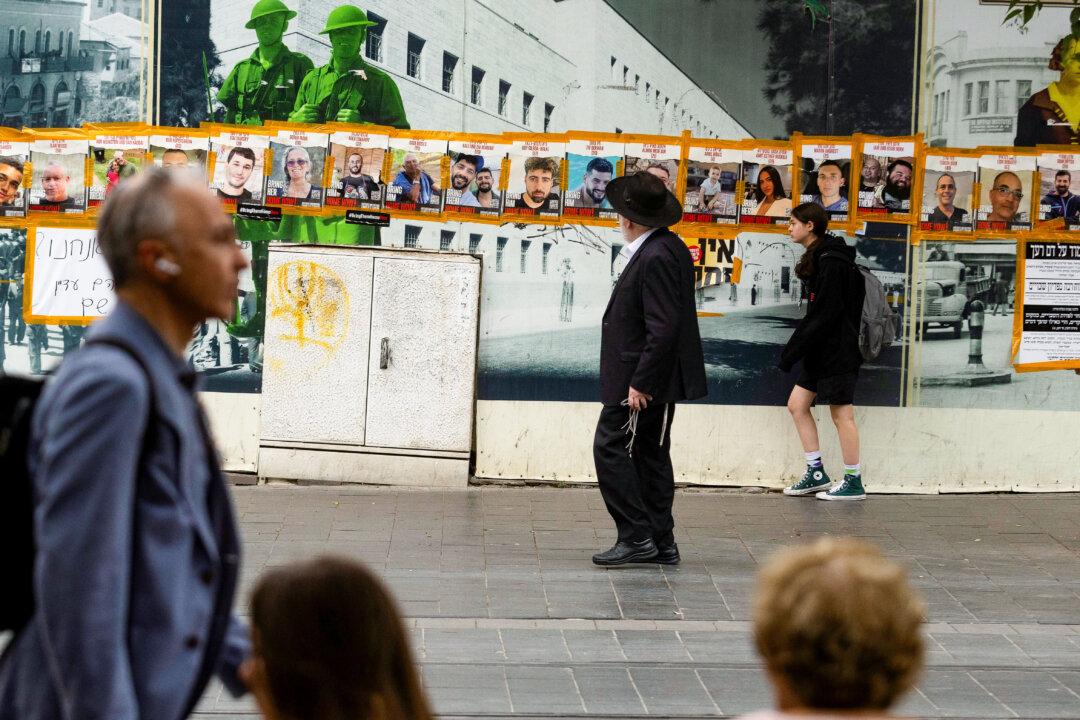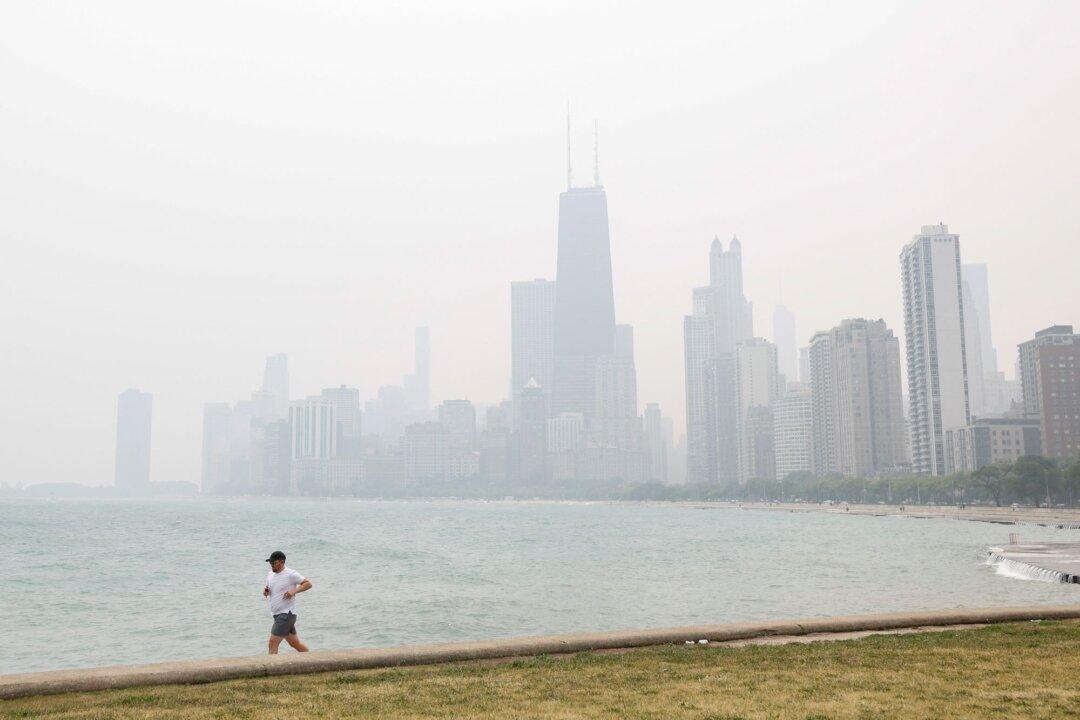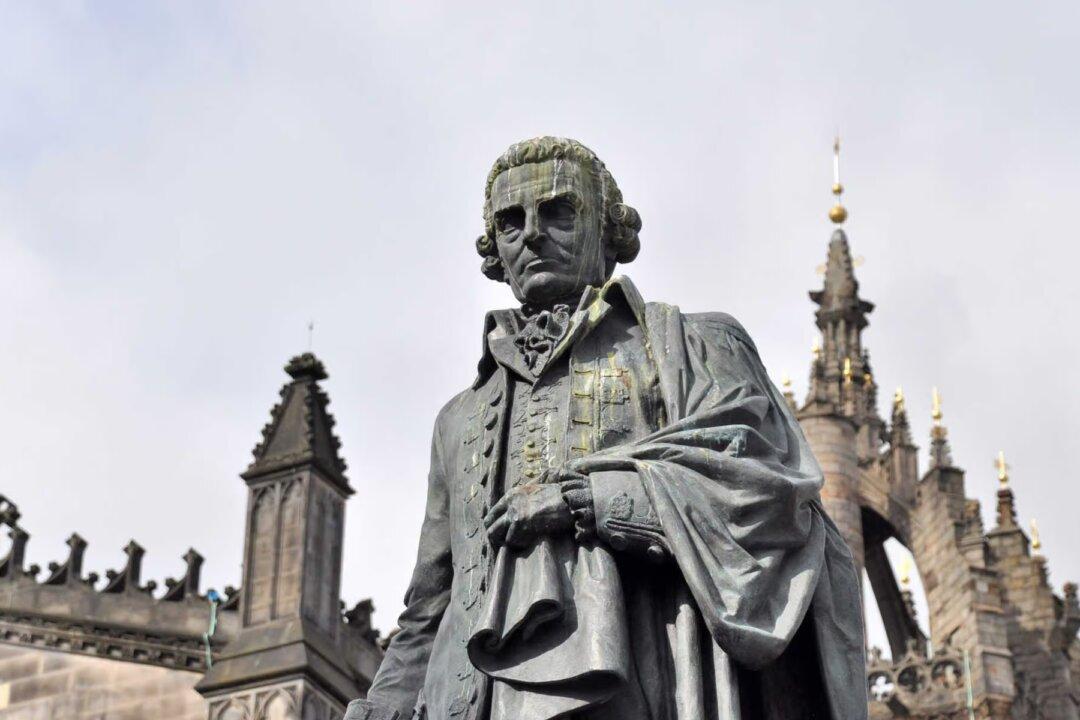New Yorkers have long been debating an idea of how to reduce traffic congestion in the city. It’s called congestion pricing and has recently been approved as part of the city’s 2020 budget.
Curiously enough, there are also good economic reasons for why that could be effective.
